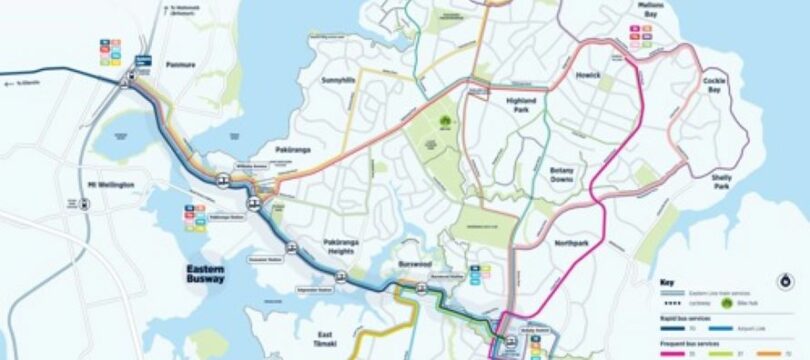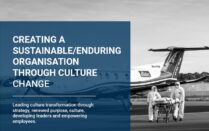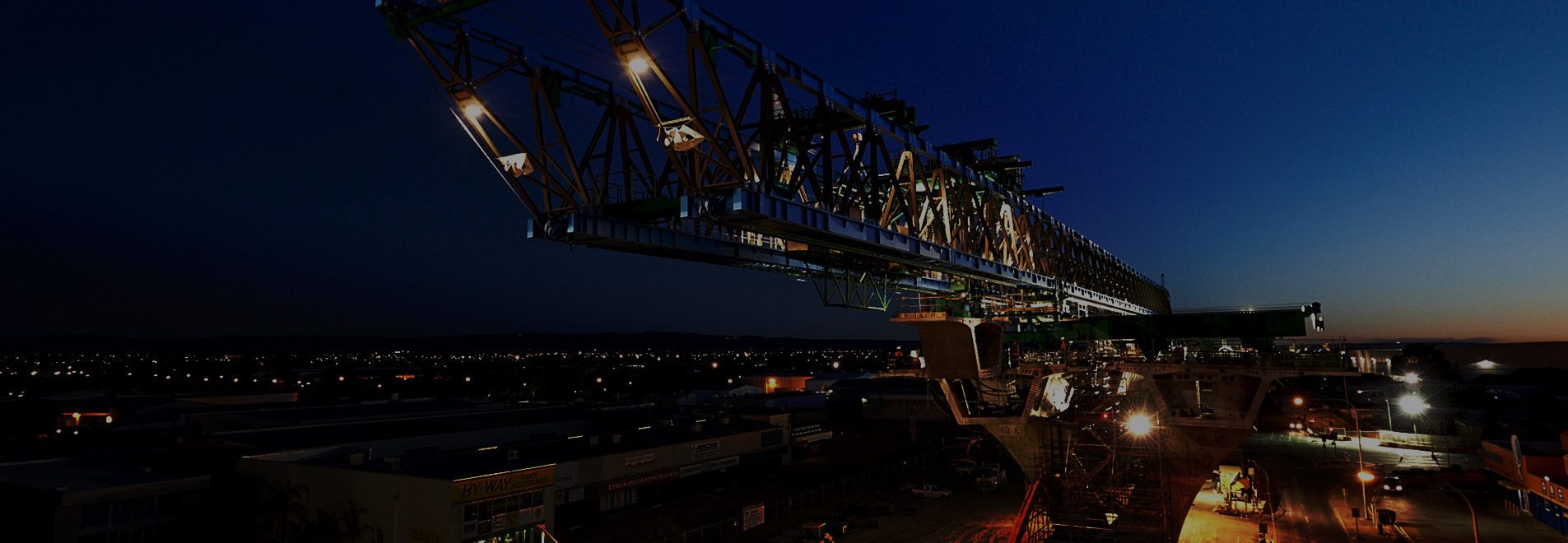
I was working recently with one of the Alliance Leadership Teams (ALT) that I coach around defining what good leadership looks like for them as individuals leading their Alliance. It was a constructive conversation that I jointly facilitated with Matt Zame who is the Alliance Project Director on Eastern Busway Alliance. The goal of the session was to continue to improve our collective leadership across the Alliance.
What was apparent from the conversation with the ALT was that we had assumed that everyone at this senior leadership level knew what they should be doing day to day to lead their teams. This assumption was based on the fact that they had been promoted to an ALT level on a significant Alliance and by osmosis should have picked up the leadership skills along their respective journeys. What was quickly apparent was that there were varied understandings of leadership, what good looks like and misaligned expectations around their main priority being to lead people so that their team could be empowered to manage things like budget, program, systems, processes, and other key activities.
As we progressed through the workshop ensuring that we aligned on expectations around what good looks like, we mapped out a summary list of the key leadership activities an effective ALT or AMT member should be undertaking to ensure they are facilitating the environment for their team to succeed. They are as follows:
- 1:1’s with your direct reports – minimum monthly. More often for those who need support. This is considered important in ensuring team members understand their role, are aligned on their priorities and are getting the two-way feedback to undertake their roles effectively. Staff value an effective 1:1 and time with their manager.
- Team Meetings – minimum fortnightly. Similar to the one above, effective team meetings are important in ensuring that communication is flowing across the team, we understand what the team are doing individually and collectively, and items are being resolved where required to ensure people can do their roles effectively.
- Safety walks, toolbox, monthly share. Go the extra mile for safety and wellbeing. Walk the floor/site. Being visible as a leader is critical to building rapport with your team but other parts of the Alliance. Understanding what is happening on the ground is also important for context and understanding prior to making decisions. Demonstrating visible safety leadership is also important in ensuring that we are creating a safe environment for our staff, contractors and other key stakeholders.
- Communicating key decisions from PAB/ALT regularly and timely. Share 90-day plans, team changes, board decisions etc. This part of the role is critical in ensuring that your team understand the Alliance priorities, key outcomes and decisions from Board and senior leadership meetings as well as changes that are occurring. Communication flow is critical both upwards and downwards.
- 90-day planning sessions with your teams – involving the team in planning but making clear calls/direction on the priorities for the team. Facilitate conversation, listen actively. The best way to empower your team is to involve them in collectively setting the 90-day planning priorities along ensuring they understand the focus of team.
- Clear organisational charts and role clarity matrix/roles and responsibilities – explain one on one with team members if required. Role clarity is critical for your team to be empowered to undertake their roles. This needs to cover individual, team and functional role clarity to ensure that people know their role, grow their role and deliver great outcomes for the Alliance.
- Performance management and reward and recognition – actively finding great work being done by your team, managing great performance and under performance. Develop talent. Invest in people. Building capability under your role is a critical role for an ALT/AMT member. This involves development of your staff, performance management where required and actively finding opportunities to recognise your staff for the great work they are doing. This also involves succession planning, combined with training and development opportunities to ensure there is sufficient bench strength under you in the team.
- Building strong relationships with your peers – catching up regularly to solve challenges and get on the front foot. Persistent engagement. Open and true to your word. Empathy. Focus on end game. The strength of the ALT/AMT lies in the power of the peer-to-peer relationships. The ability to work together to collaborate and solve problems lies at the heart of the alliance shared risk model. A focus on solutions and no blame with your peers is critical to ensuring you are successful in this area.
- Dealing with problems and frustrations urgently and constructively – not avoiding it and/or escalating if necessary. There is little to be gained by avoiding the difficult conversations or challenging problems. A focus on creating an environment where it is safe for your team to bring challenges to the fore lies at the heart of constructive leadership. Empowering the team to solve these challenges follows this with a strong focus on solutions that benefit the alliance.
- Empowering the team to make decisions – clear delegations, authorities and approvals. Get out of the weeds and let the team run. Sometimes we are too busy on our own tasks as a leader to focus on the building blocks that set up your team for success. These include areas such as what approvals, delegations and authority does your team have to really allow them to own their areas and deliver outstanding outcomes. The work you put into this area will pay back significantly as your team knows the rules of the game.
- Clearly communicate the big picture of the Alliance – Alliance charter, objectives, principles, KRA/KPI’s and other items as required. What is individual/team part in achieving these outcomes? As an ALT/AMT member, you are the chief storyteller of your team. It is critical you are able to communicate why we are doing what we are doing, what outcomes we are looking to achieve and how we need to go about this. Being familiar with the Alliance artefacts and symbols is critical in ensuring alignment with your team on what is important and why we are doing it.
- Role model for, advocate and represent your team in the ALT forum – needs to be balanced with around what is best for project. The challenge with this area of leadership is ensuring the balance. You want to support your team and what you are doing but it needs to be balanced with the key Alliance Principles of what is best for project. This pivot is important for an ALT/AMT member in knowing that you are playing a broader role than just advocating for your team’s great work and key deliverables.
- Support innovation and creativity. Operational excellence. Simplify if we can. From our perspective, being an advocate for challenging the team for how we continue to do things better is a key priority of an ALT/AMT member. The Alliance environment is the perfect platform for achieving this, but this needs to be on the back of ensuring we continue to make the main thing the main thing. Leaders need to ensure they are not over-complicating key outcomes or deliverables but balance that with empowering the team to challenge themselves to keep improving.
- Manage risks and opportunity with energy. Critical risks and opportunities have a significant impact on realising gains in an Alliance environment around cost, programme, quality and other key result areas. Ensuring there is an active focus on these key risks and opportunities by the team is important along with visibility on what key actions and initiatives we are undertaking to achieve this.
The workshop was a very good session to really ensure we set up the ALT for success in delivering on these key areas with their teams. The more consistent we can be across the ALT in delivering on these items for our teams, the greater chance we have of creating a constructive culture for our collective Alliance to be able to deliver the outstanding outcomes we have promised our client.
To assist with holding your ALT/AMT members to these key leadership areas, we have developed an ALT/AMT checklist (available to download below) that can be discussed between the Alliance Project Director and the ALT/AMT member monthly in their 1:1’s once they have received feedback from their teams. Identifying 2-3 areas to work on improving in the subsequent month will ensure all our leaders are continuing to improve their leadership effectiveness.
Thank you to Matt Zame, Alliance Project Director on Eastern Busway Alliance for his contribution to this blog.



